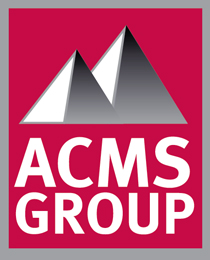End-to-end project management is a system companies use to complete all sorts of different projects. It involves breaking the projects up into more manageable parts that can be achieved one at a time.
By utilizing the end-to-end project management process, projects can be completed faster with less stress on team members and come in under budget.
This post will teach you everything you need to know about this system.
The end-to-end project management cycle
While the process can vary from company to company and even project to project, the end-to-end project management cycle typically involves the following components:
- Initiation: The process usually starts with project managers introducing the project to the company for approval. Managers often need to submit a project brief including what the project aims to deliver along with a proposed budget and timeline. Once approved, project managers hold a kickoff meeting with all necessary team members and stakeholders to cover important details and deadlines.
- Planning: Next project managers sit down with their team members to develop ideas and research variables like costs and challenges. Major points in these planning sessions include identifying the overarching problem that needs to be solved, defining objectives, creating a timeline and determining the scope of the project. These planning meetings can be long, but they are vital in ensuring the project’s success.
- Development: After several planning meetings have been held, the next step in the end-to-end project management cycle is development. Companies gather resources required for the project during this phase, which can include physical materials and supplies or even additional team members to complete the job. Companies may have to scramble to acquire materials or hire new people in the middle of the project without the development phase, which delays the timeline indefinitely.
- Execution: All of the hard work is accomplished during the execution phase. At this time, project managers are responsible for overseeing the budget, mitigating potential risks and answering any questions that come up. There will undoubtedly be some problems that arise during the execution phase, and it’s the project manager’s responsibility to find effective solutions to each one.
- Monitoring: Monitoring occurs simultaneously with the execution stage. Again, this is the job of the project manager. Managers need to examine their team’s work, report on the project’s progress to executives and stakeholders and ensure the project is on time and under budget.
- Delivery: The last step is delivering the final product to the client or company. Ideally, the feedback will be 100-percent positive and there won’t be any requested changes, but that’s typically not the case. It’s the project manager’s duty to note all changes and go back to the team to make any necessary adjustments.
Do you need a project management partner?
As you can see, the end-to-end project management process is complex and not for the faint of heart. If you need a partner to assist with the process, reach out to our team at ACMS Group. We have decades of project management experience, so you and your company are in good hands with us.
